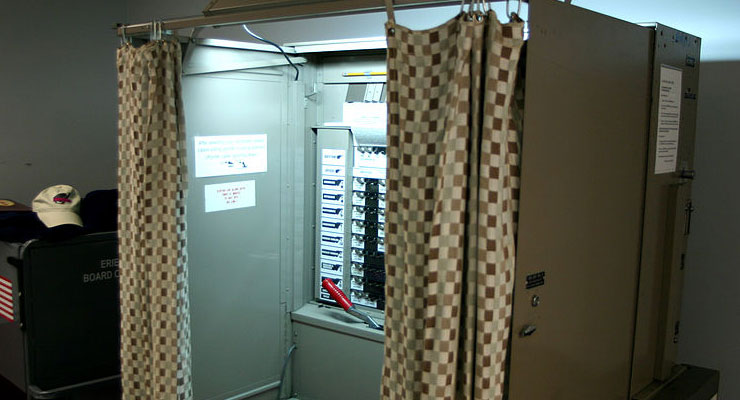
Interesting Post from Brennan Center For Justice by Andrea Córdova, Liz Howard, Lawrence Norden
In late July, the Senate Select Committee on Intelligence released its report on the Russian government’s attacks on America’s election infrastructure.[1] While the report offered dozens of recommendations related to vast and varied election systems in the United States (from voter registration databases to election night reporting), it pointedly noted that there was an urgent need to secure the nation’s voting systems in particular.[2] Among the two most important recommendations made were that states should (1) replace outdated and vulnerable voting systems with “at minimum… a voter-verified paper trail,” and (2) adopt statistically sound audits. These recommendations are not new and have been consistently made by experts since long before the 2016 election.[3]
Last year, Congress provided $380 million to states to help with upgrades, but it wasn’t enough. This analysis, six months ahead of the first primary for 2020, examines the significant progress we’ve made in these two areas since 2016, and it catalogs the important and necessary work that is left to be done.
Replacing Antiquated Voting Equipment
The lifespan of electronic voting machines can vary, but experts agree that systems over a decade old are more likely to need to be replaced for security and reliability reasons.[4] We estimate that in November 2018, 34 percent of all local election jurisdictions were using voting machines that were at least 10 years old as their primary polling place equipment (or as their primary tabulation equipment in all vote-by-mail jurisdictions).[5] This number includes counties and towns in 41 states.[6]
See full article here.
Leave a Reply